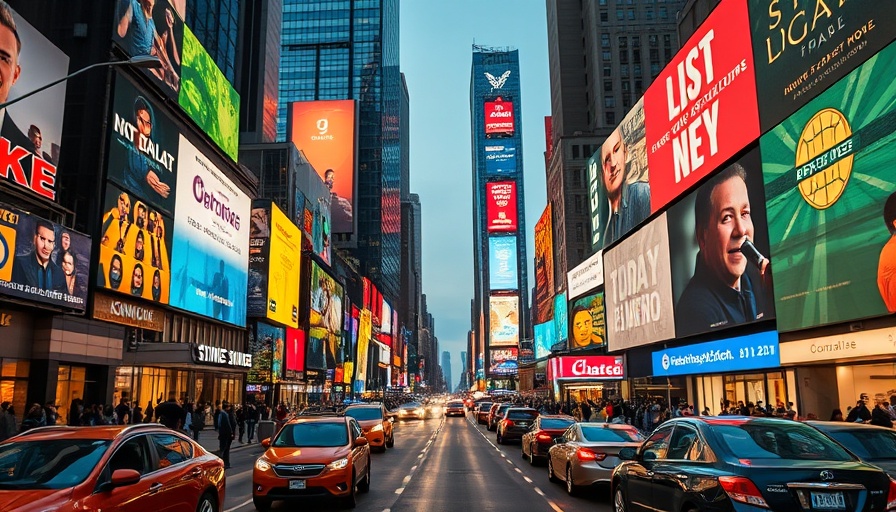
The Collective Voice for Artistic Freedom
Over 700 artists and organizations have united in a powerful statement advocating for artistic freedom that resonates deeply in today's socio-political climate. With prominent theater figures such as Kathleen Chalfant, Heidi Schreck, and Adam Gwon lending their signatures, this declaration has captured attention not only for its significance but also for the urgency behind it.
Why Artistic Freedom Matters
The statement underscores that arts and culture are not just forms of expression; they are essential components in building community and nurturing democracy. In a time when political pressures threaten the independence of cultural institutions, this collective stands firm to emphasize the importance of maintaining artistic integrity. They assert, “Cultural organizations make encounters with different perspectives possible...They promote freedom of expression.”
Context of the Statement: Current Challenges Faced by Institutions
The backdrop of this statement is deeply troubling. In light of recent departures from The Kennedy Center, which have been described as a mass exodus amid ideological repression, the urgency for protecting artistic independence couldn't be clearer. This includes the resignation of senior staff members like Tony Yoon and the dismantling of the dance programming team. These key changes bring about uncertainty regarding future programming and the vision for artistic productions.
Historical Significance and the Role of Art in Society
Historically, periods of significant political turmoil have led to both censorship and flourishing of art that resists authoritarian narratives. The collective’s assertion reflects a long-standing tradition: art as a vehicle for discussion and debate, an opportunity to confront uncomfortable truths and encourage empathy.
Shared Values for a United Arts Community
The statement not only calls for solidarity among institutions but outlines key values such as free expression, responsibility, and a commitment to resisting external pressures. This unified stance helps to safeguard the credibility and cultural authority vital for both institutions and artists navigating a landscape fraught with tension.
Looking Ahead: The Future of Artistic Freedom
As the art world faces these challenges, the question remains: How can institutions ensure their autonomy? Future dialogues may revolve around collaborating in new ways, supporting causes, and expanding public engagement, thereby fortifying the importance of art in an evolving society.
Conclusion: The Call for Action
As we reflect on the weight of this statement, it is clear that a collective effort is necessary to maintain artistic freedoms. The survival of cultural institutions depends on our awareness and willingness to support them in their mission. Now more than ever, communities must come together to advocate for a vibrant, diverse cultural landscape free from censorship. Let's continue the conversation and ensure that our artistic voices remain unhindered.
 Add Row
Add Row  Add
Add 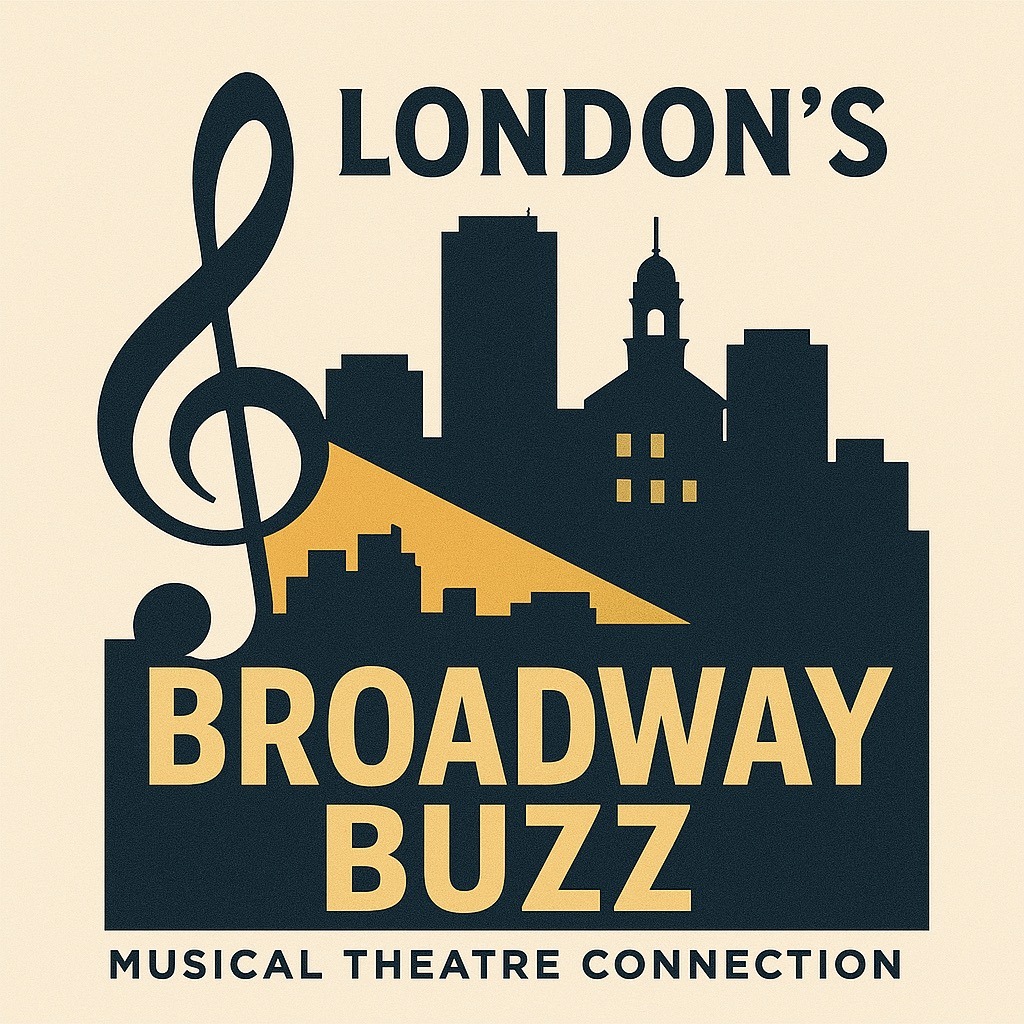

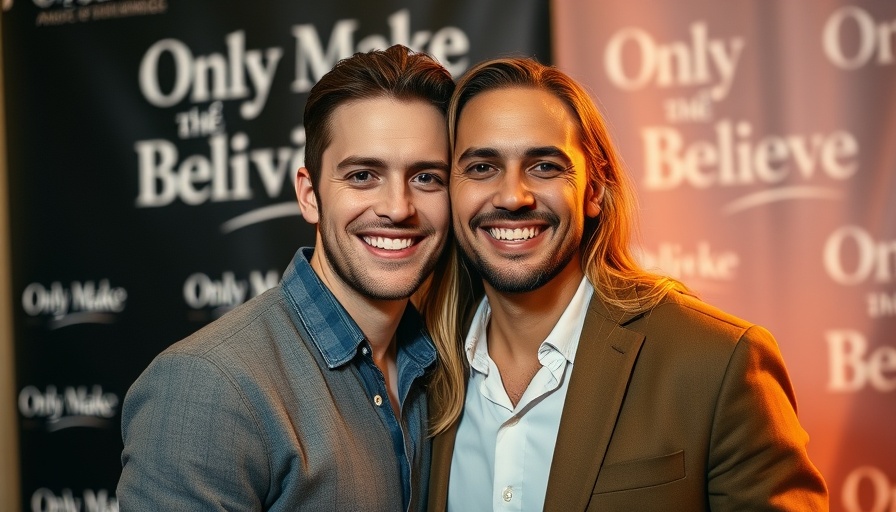
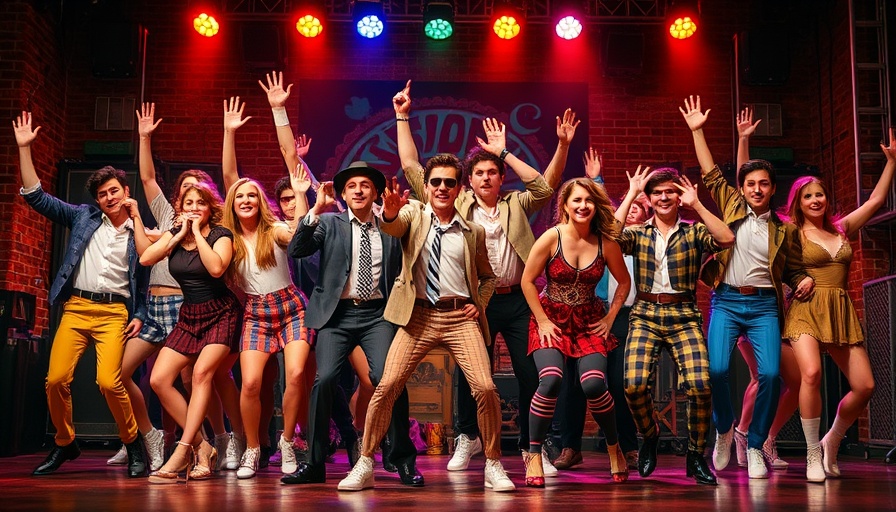
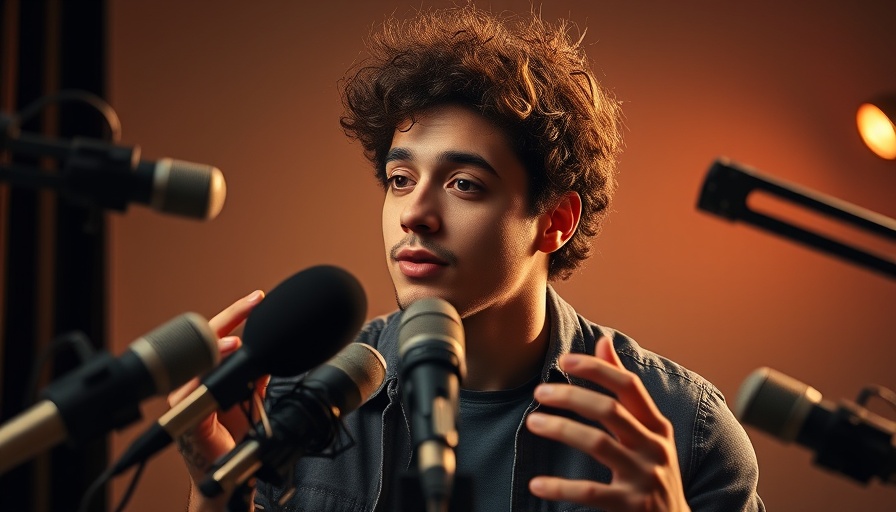
Write A Comment